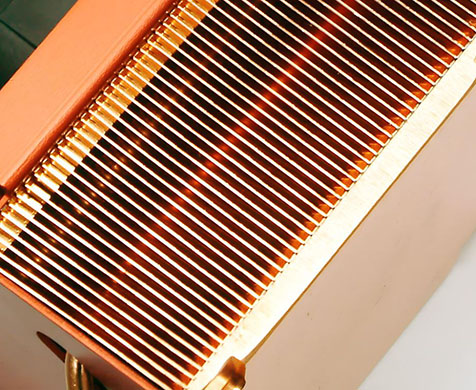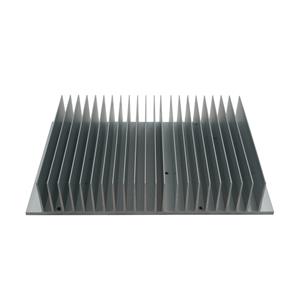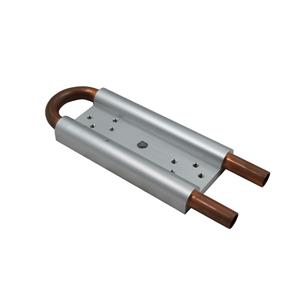How Does a Heat Sink Work?

How Does a Heat Sink Work?
Heat sink are essential components in everything from cell phones to car engines, preventing devices from overheating and ensuring they perform at peak performance. So how do these cooling devices work? Here's a breakdown of the science behind them.
How Does a Heat Sinks Work?
Most rely on three basic heat transfer mechanisms to work, conduction - heat is transferred from the heat-generating components to the aluminum or copper metal base of the Heat sinks. Convection - heat is transferred to the fins or raised parts, and is carried away by the air flowing naturally or driven by a fan. Radiation - a small amount of heat is released in the form of infrared rays, which has an insignificant effect.
This involves the encounter of fast and slow moving molecules of hotter and colder objects, and the transfer of heat from hot to cold objects. Therefore, the heat sink transfers heat from high temperature components to low temperature media such as air and water through conduction and convection. The heat conductor in the radiator transfers heat to the heat sinks or heat column with a large heat dissipation area. The most important point of its design is to maximize the surface area in contact with the surrounding cooling medium. Therefore, the performance of the Heat sinks depends on the design, air flow rate, material and surface treatment, etc.
Why Are Heat Sinks Made of Metal?
Metals like aluminum and copper are ideal because they: Copper is often used as the core material. It conducts heat twice as effectively as aluminum, with a thermal conductivity of about 400 W/m-K, providing excellent, rapid, and efficient heat dissipation. The downside is that copper is three times heavier than aluminum, more expensive, and more difficult to form.Aluminum is an extremely light and inexpensive material that has high thermal conductivity, making it a good choice for most heat sinks. It is structurally stronger when used in thin sheets. However, aluminum conducts heat only about half as well as copper.
Practical applications of heat sinks:
Computers: CPU or GPU Heat sinks prevent overheating during intensive operation.
Automobiles - Heat sinks cool engine coolant to avoid overheating.
LED lighting - Heat sinks extend the life of high-power LEDs.
Heat sinks are the unsung heroes of modern electronic devices, keeping them running smoothly. Whether they are simple metal fins or advanced liquid cooling systems, their role in the world of technology is irreplaceable.




